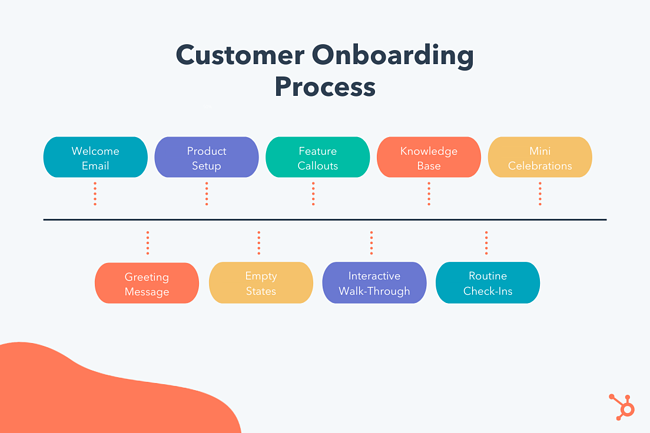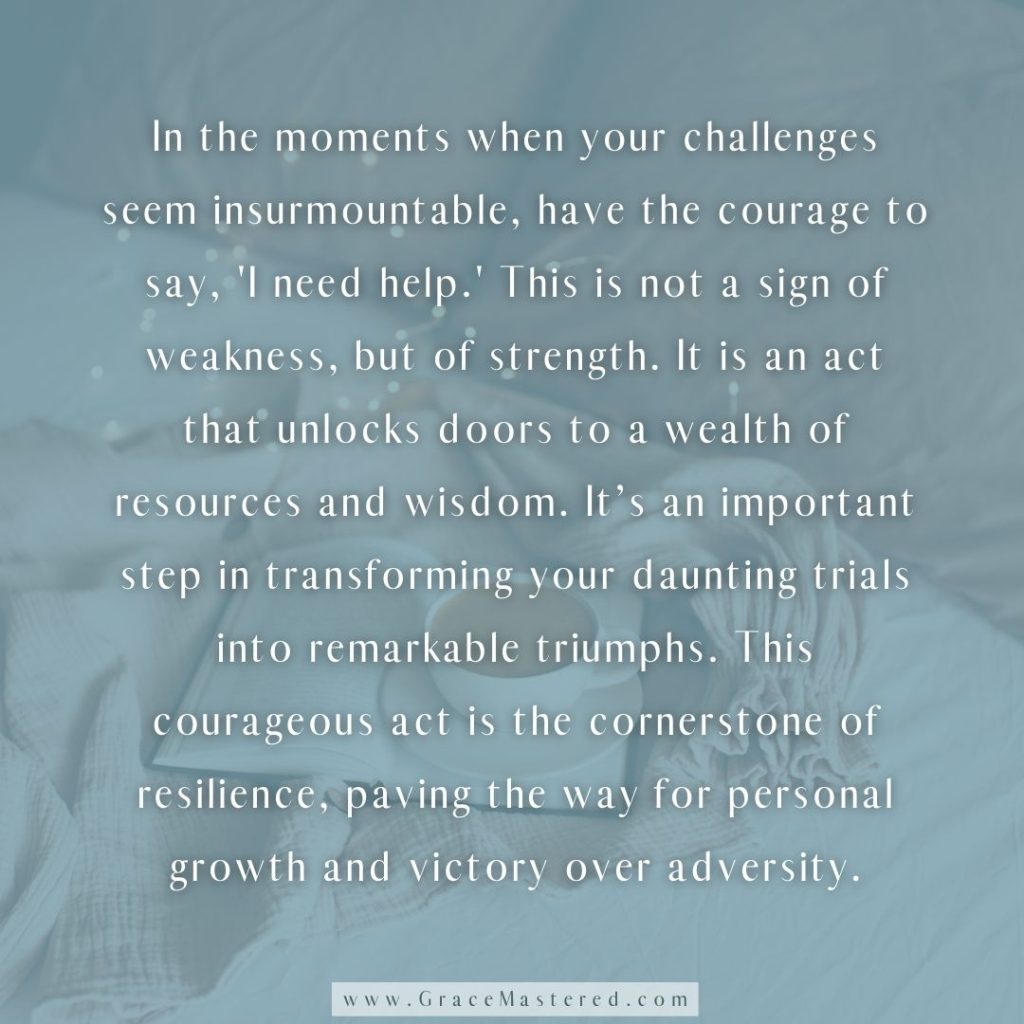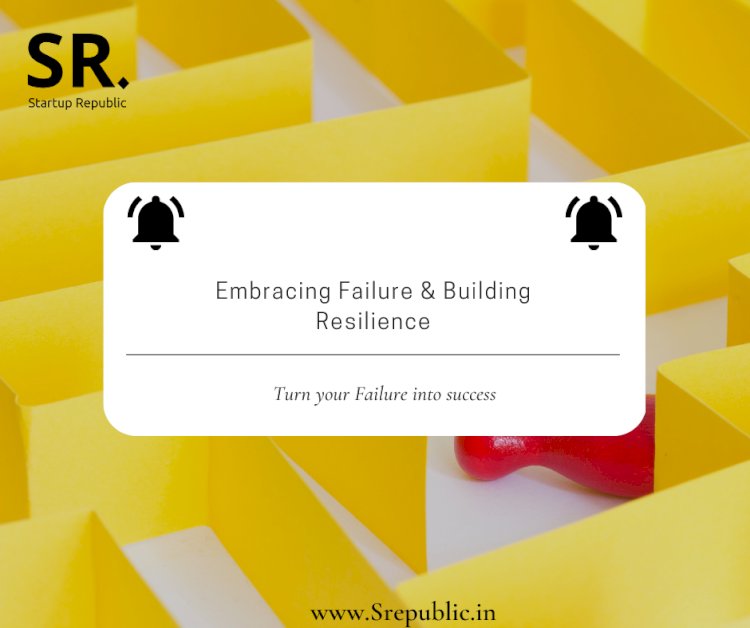
Onboarding Your First Users: Best Practices for Retention & Long-Term Success
Congratulations! You’ve built something amazing, and now your first users are starting to sign up. This is an exciting milestone, but what happens after they hit that "Sign Up" button is arguably even more critical than getting them there in the first place. This is where user onboarding comes in.
Think of user onboarding like welcoming a guest into your home for the first time. You wouldn’t just point to the fridge and disappear, would you? You’d show them around, offer them a drink, explain how things work, and make them feel comfortable and valued. The same principle applies to your product.
In this comprehensive guide, we’ll dive deep into the best practices for onboarding your first users, focusing on how to make them stick around, become active participants, and ultimately, become your biggest fans.
Why Onboarding Your First Users is Absolutely Crucial
Many businesses focus heavily on user acquisition (getting new users) but often overlook the equally vital step of user retention (keeping them). For your first users, the onboarding experience is the make-or-break moment. Here’s why it matters so much:
- First Impressions Last: Just like in real life, a user’s first interaction with your product sets the tone for their entire relationship with your brand. A smooth, helpful onboarding experience builds trust and excitement. A confusing or overwhelming one leads to frustration and abandonment.
- Reduces Early Churn: "Churn" is when users stop using your product. The highest rates of churn often happen in the first few days or weeks. Effective onboarding directly combats this by helping users quickly understand the value you offer.
- Increases User Activation: Activation is the point where a user truly "gets" your product and performs a key action that signifies they’ve adopted it (e.g., sending their first message, creating their first project, making their first purchase). Good onboarding guides them to this "Aha! Moment" faster.
- Boosts Long-Term Retention & Lifetime Value (LTV): Users who have a positive initial experience are far more likely to stick around, use your product regularly, and potentially even upgrade or recommend it to others. This directly translates to higher Customer Lifetime Value.
- Gathers Valuable Feedback: Your first users are a goldmine for feedback. A well-designed onboarding flow can help you identify pain points and areas for improvement early on, allowing you to iterate and perfect your product before a wider launch.
The Core Principles of Effective Onboarding
Before we dive into specific tactics, let’s establish the guiding principles that should inform your entire onboarding strategy:
- Clarity & Simplicity: Don’t overwhelm users. Focus on guiding them through the essential steps to achieve their first success. Use clear, concise language.
- Value Proposition First: Users signed up for a reason. Show them how your product solves their problem or makes their life better, as quickly as possible.
- Guidance, Not Overload: Offer help and direction without forcing them through lengthy tutorials or pop-up storms. Let them explore, but provide a safety net.
- Personalization: Where possible, tailor the experience to the individual user’s needs, goals, or role.
- Feedback & Iteration: Onboarding isn’t a one-and-done task. It’s an ongoing process of learning, testing, and improving.
Best Practices for Onboarding Your First Users: A Step-by-Step Guide
Let’s break down the onboarding journey into actionable steps and best practices.
1. Pre-Onboarding Preparation: Know Your User & Define Success
Before you even think about welcome emails, you need to understand who your users are and what "success" looks like for them within your product.
- Understand Your Ideal User (User Persona):
- Who are they? (Demographics, background)
- What problem are they trying to solve with your product?
- What are their goals and motivations?
- What might their common objections or points of confusion be?
- Define Your "Aha! Moment":
- This is the point where users truly grasp the value of your product. For a messaging app, it might be sending their first message. For a design tool, it might be creating their first design.
- What’s the fastest path to this moment?
- What core actions must a user take to experience this value?
- Map the User Journey:
- Visualize the path a user takes from signup to activation.
- Identify potential drop-off points or areas where users might get stuck.
2. The Welcome Mat: First Contact & Seamless Signup
The very first impression begins even before they log in.
- Streamlined Signup Process:
- Minimal Fields: Only ask for essential information. You can collect more details later.
- Social Sign-in Options: Google, Facebook, Apple ID can make signup incredibly fast.
- Clear Call-to-Action: Make it obvious what they need to do.
- The Welcome Email (or First Message):
- Timeliness: Send it immediately after signup.
- Personalization: Use their name.
- Reiterate Value: Briefly remind them why they signed up.
- Clear Next Steps: Guide them to their first action (e.g., "Click here to set up your profile," "Start your first project now").
- Offer Help: Provide a link to your FAQ, support page, or a direct contact email.
- Avoid Overwhelm: Keep it short and to the point. One clear call to action is usually best.
3. The Guided Tour: In-App Onboarding Experience
Once inside your product, the in-app experience is where the real magic happens.
- Interactive Product Tours (Use Sparingly):
- Contextual Tooltips: Small pop-ups that explain specific features as the user encounters them.
- Hotspots: Highlight key areas or buttons.
- Progressive Disclosure: Reveal features gradually as users complete earlier steps, rather than showing everything at once.
- Crucial Tip: Allow users to skip or dismiss tours. Some users prefer to explore on their own.
- Progress Bars & Checklists:
- Visual Cues: Show users how far they’ve come and what’s left to do.
- Sense of Accomplishment: Checking off items provides positive reinforcement.
- Example: "Complete your profile (2/5 steps)" or "Get Started Checklist: [ ] Add your first project [ ] Invite a teammate [ ] Set your notification preferences."
- Empty States that Educate:
- When a user encounters an empty screen (e.g., an empty inbox, no projects yet), use it as an opportunity to guide them.
- Example: Instead of just a blank screen, display text like "Your inbox is empty! Click here to send your first message" with a clear button.
- Contextual Help & Support:
- In-App Chat: Offer immediate help.
- Knowledge Base/FAQ Integration: Link directly to relevant help articles from within the product.
- Video Tutorials: For complex features, a short video can be far more effective than text.
- Default Settings & Pre-filled Data:
- If possible, set smart defaults or pre-fill certain information to reduce friction and show immediate value.
- Example: For a project management tool, pre-populate a sample project to show what it looks like.
4. Accelerate the "Aha! Moment"
This is the holy grail of onboarding. The faster users experience your core value, the more likely they are to stick around.
- Focus on Core Functionality First: Don’t distract users with secondary features. Guide them directly to the one or two actions that deliver your product’s primary benefit.
- Reduce Time-to-Value: Can you get them to their "Aha!" in minutes, not hours? Simplify initial setup as much as possible.
- Show, Don’t Just Tell: If your product involves creating something, provide templates or sample data. If it’s about connecting, suggest first connections.
- Celebrate Small Wins: Use positive reinforcement (e.g., a "Well done!" message, a small animation) when they complete a key action.
5. Personalization & Segmentation
Not all users are the same. Tailoring the experience can significantly improve retention.
- Ask About User Goals/Roles: During signup, ask a simple question like "What do you hope to achieve with [Product Name]?" or "Which best describes your role?"
- Branch Onboarding Paths: Based on their answers, show them a slightly different set of introductory steps or highlight features most relevant to their stated goals.
- Dynamic Content: Use their name, company, or stated preferences in emails and in-app messages.
6. Feedback & Iteration: The Continuous Improvement Loop
Your onboarding isn’t perfect out of the gate. You need to constantly learn and adapt.
- Monitor User Behavior with Analytics:
- Activation Rate: What percentage of users reach your "Aha! Moment"?
- Time to Value: How long does it take users to activate?
- Drop-off Points: Where are users abandoning the onboarding flow?
- Feature Usage: Which features are users engaging with (or ignoring)?
- Collect Direct User Feedback:
- In-App Surveys: Short, contextual questions (e.g., "Was this helpful?").
- NPS (Net Promoter Score) Surveys: Ask "How likely are you to recommend [Product Name] to a friend or colleague?"
- User Interviews: Conduct one-on-one sessions with your first users to understand their experience in depth.
- Feedback Widgets: Allow users to submit suggestions or report issues easily.
- A/B Testing:
- Test different versions of your welcome email, in-app tour, or signup flow to see what performs best.
- Small changes can lead to big improvements in retention.
- Iterate and Improve: Use the data and feedback you gather to continuously refine and optimize your onboarding process.
7. Post-Onboarding Nurturing: Keeping Them Engaged
Onboarding doesn’t end after the "Aha! Moment." Retention is an ongoing effort.
- Drip Campaigns:
- Send a series of automated emails over time with tips, tricks, and feature highlights.
- Segment these emails based on user behavior (e.g., if they haven’t used a specific feature, send an email showcasing it).
- Celebrate Milestones:
- Acknowledge their first week, first project completed, or reaching certain usage milestones. This reinforces positive behavior.
- Community Building:
- Invite users to a community forum, Facebook group, or Slack channel where they can connect with other users and get support.
- Proactive Support:
- Reach out if you notice a user struggling or becoming inactive. A simple "Is everything going okay?" can make a huge difference.
Common Onboarding Mistakes to Avoid
Even with the best intentions, it’s easy to fall into common traps. Watch out for these:
- Too Much Information, Too Soon: Overwhelming users with features, pop-ups, and text is a surefire way to drive them away.
- No Clear Path: Users feel lost if they don’t know what to do next or where to find key features.
- Ignoring Feedback: Designing onboarding in a vacuum is dangerous. You must listen to your users.
- One-Size-Fits-All Approach: Treating all users the same, regardless of their goals or experience level, leads to a generic and ineffective experience.
- Abandoning Users After Signup: Believing that onboarding ends after the first login is a critical error. Ongoing nurturing is essential for retention.
- Forcing Tutorials: While guides can be helpful, not everyone wants to be led by the hand. Always provide an option to skip.
Measuring Onboarding Success: Key Metrics
How do you know if your onboarding is actually working? Track these metrics:
- Activation Rate: The percentage of new users who complete your defined "Aha! Moment."
- Time to Value (TTV): The average time it takes for a new user to reach their "Aha! Moment." Lower is better.
- Churn Rate (Especially Early Churn): The percentage of users who stop using your product within a specific timeframe (e.g., first 7, 14, or 30 days).
- Engagement Metrics:
- Daily/Weekly/Monthly Active Users (DAU/WAU/MAU): How often are users returning?
- Feature Adoption: Are users engaging with the core features of your product?
- Customer Lifetime Value (CLTV): While a long-term metric, improved onboarding directly contributes to higher CLTV.
Conclusion
Onboarding your first users isn’t just a technical process; it’s an art form centered around empathy, clarity, and continuous improvement. By focusing on making your users feel welcomed, understood, and successful from the very first moment, you lay the groundwork for strong retention, positive word-of-mouth, and the long-term growth of your product.
Invest in your onboarding, listen to your users, and iterate constantly. Your first users are your most valuable asset – treat them like gold, and they’ll become the foundation of your success.



Post Comment